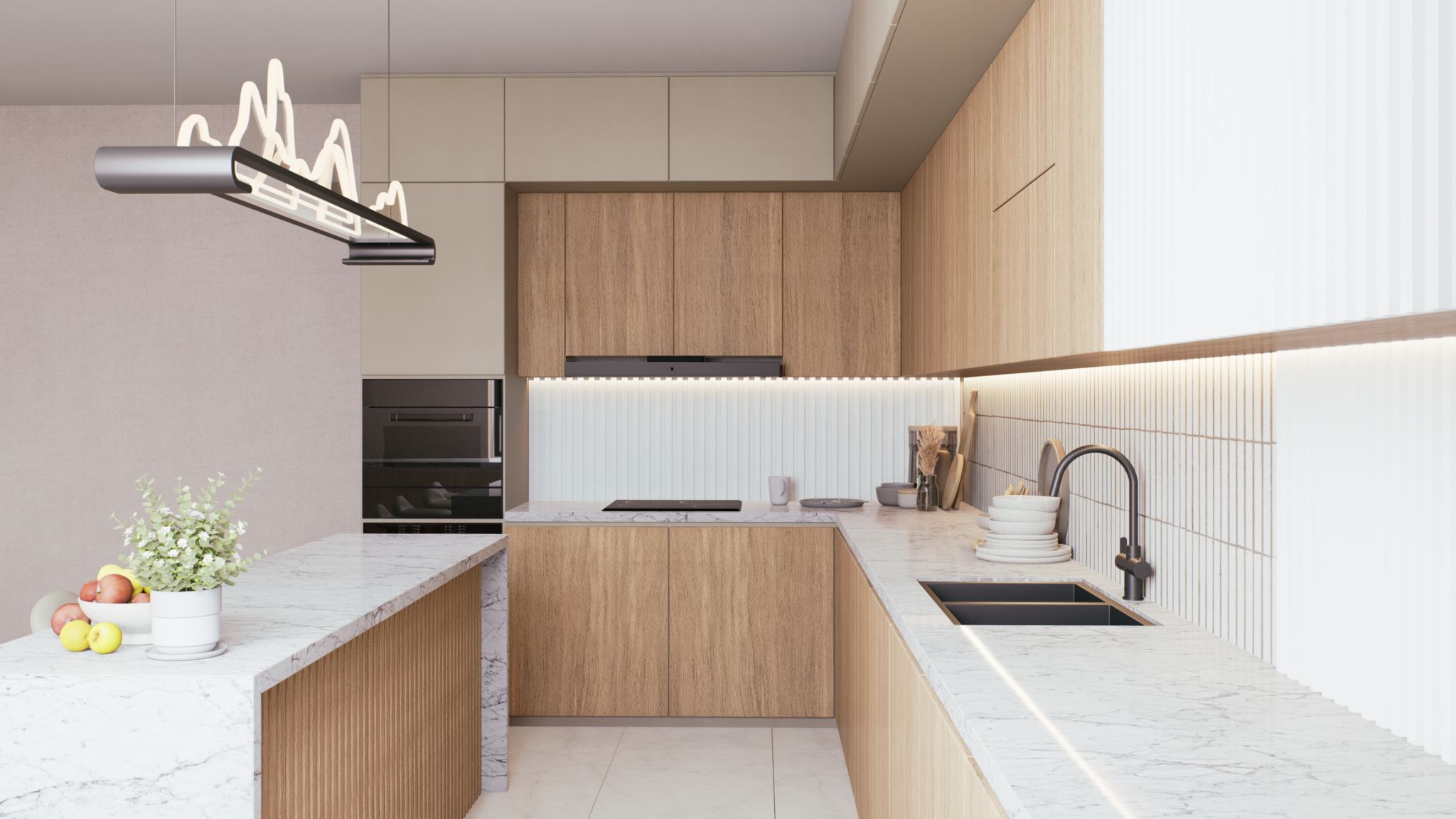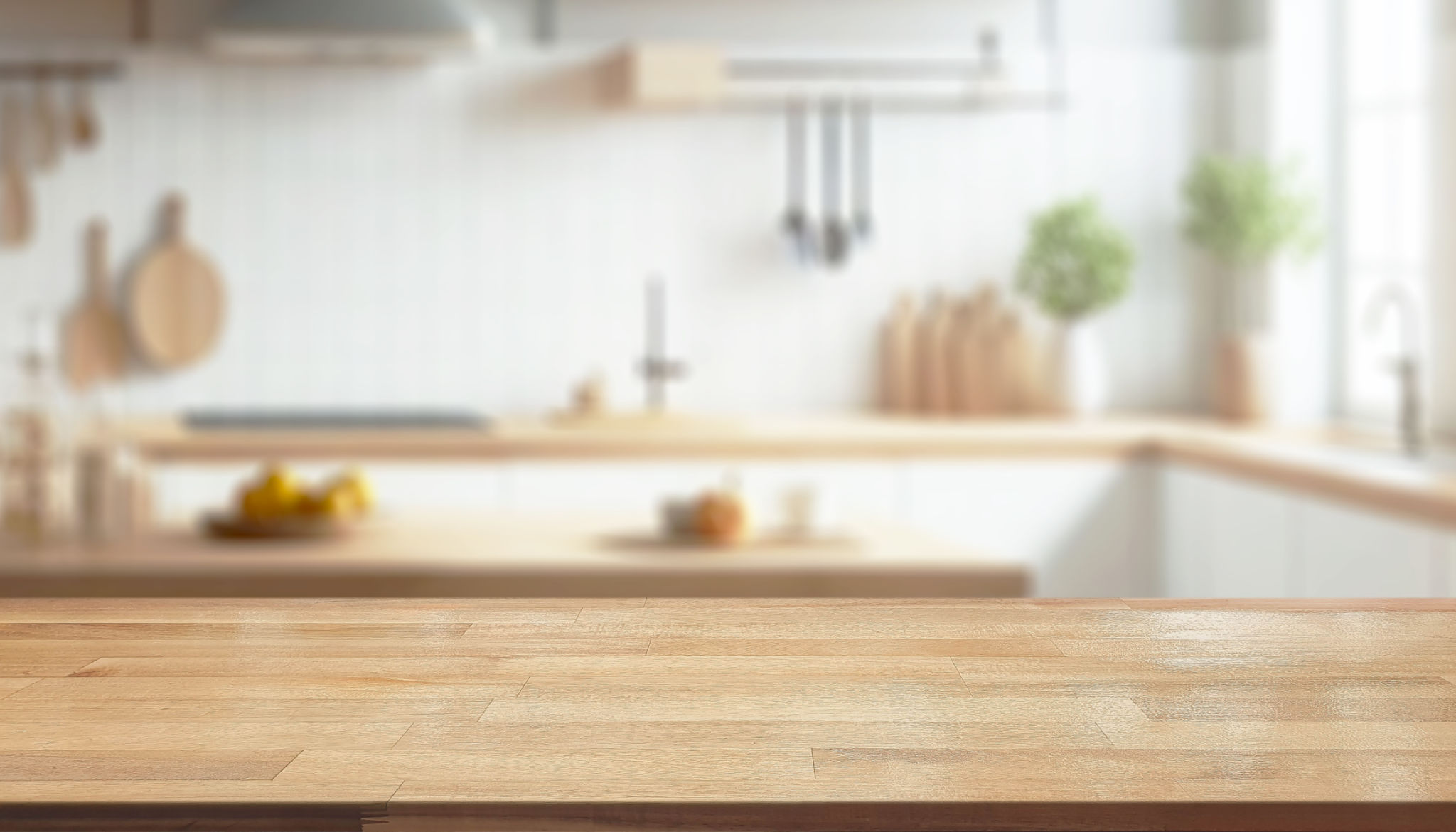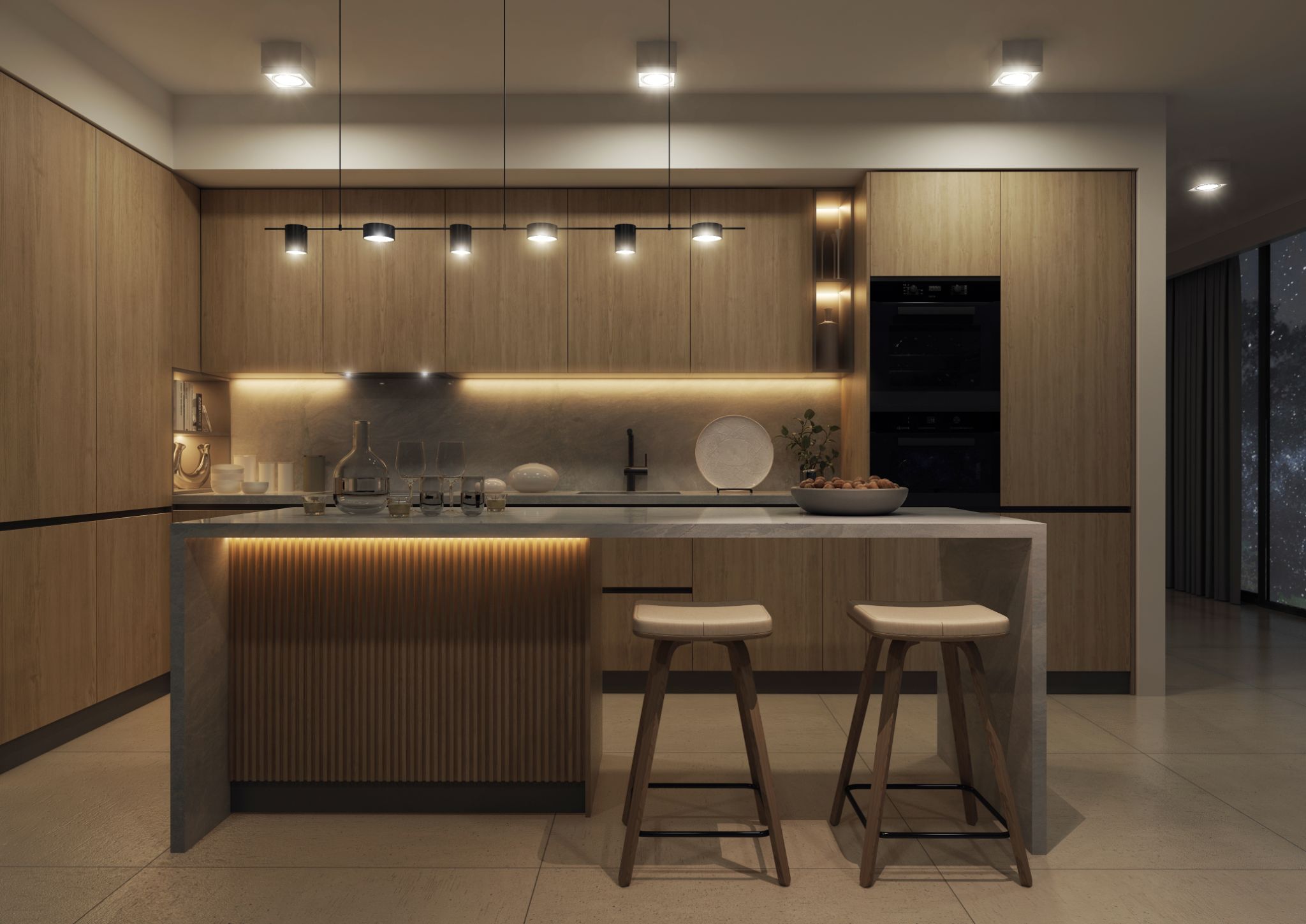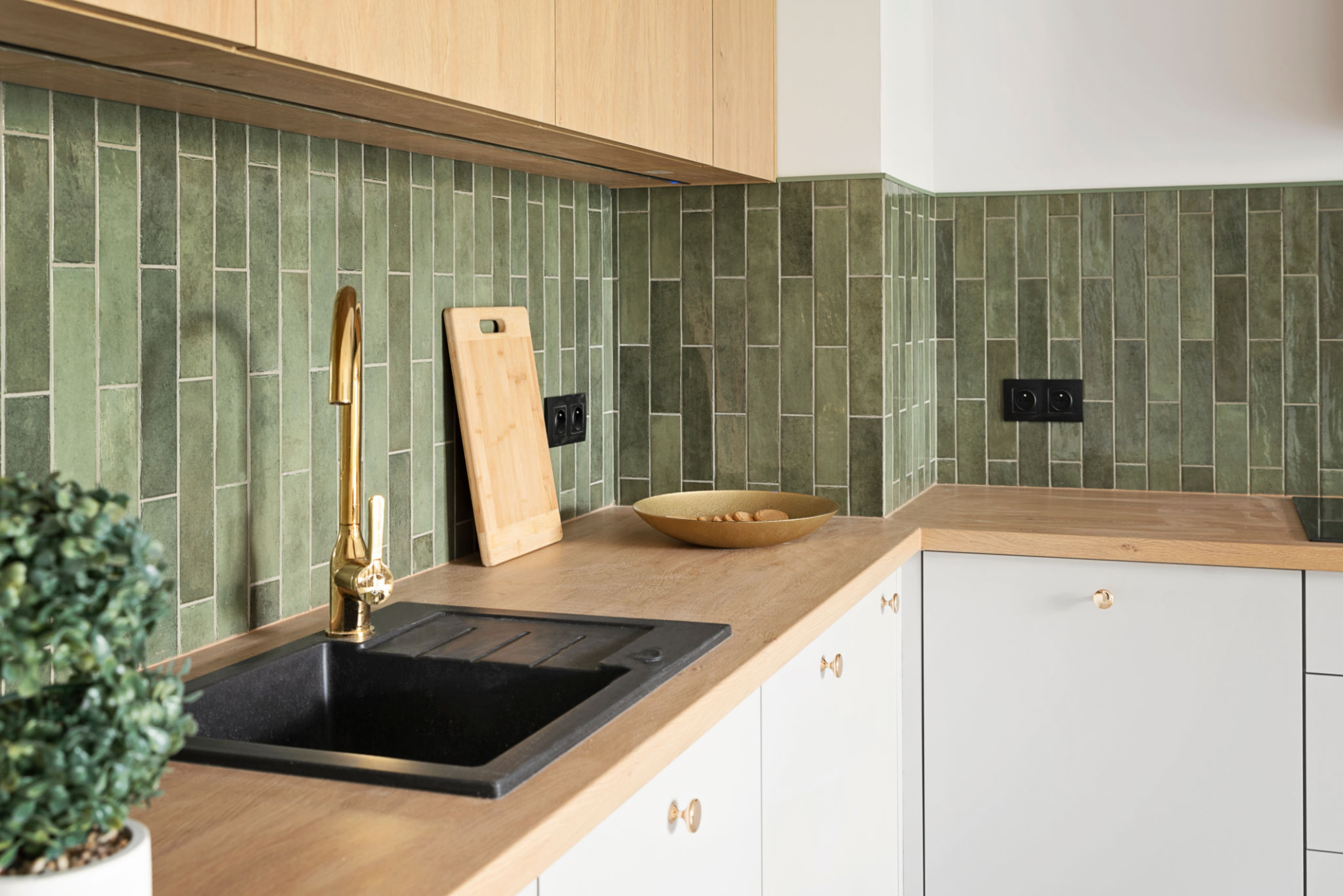Common Kitchen Design Mistakes and How to Avoid Them
Overlooking Workflow Efficiency
One of the most common kitchen design mistakes is failing to consider the workflow or the "kitchen triangle." This concept involves the efficient placement of the sink, stove, and refrigerator to minimize unnecessary movement. When these three elements are too far apart or obstructed by other fixtures, cooking becomes cumbersome.

To avoid this mistake, make sure that these three elements form a triangle with no leg measuring more than nine feet. This setup ensures your kitchen remains functional and enjoyable to work in, enhancing both cooking efficiency and convenience.
Inadequate Counter Space
Lack of sufficient counter space is another frequent issue in kitchen design. Countertops are essential for food preparation, serving, and even small appliances. Not having enough can lead to a cluttered and inefficient workspace.
When designing your kitchen, consider the activities you perform daily and allocate ample counter space accordingly. Utilizing kitchen islands or extending countertops can provide additional space for prep work and other tasks.

Ignoring Storage Needs
Proper storage is vital in maintaining an organized kitchen. A common mistake is underestimating the need for storage, leading to crowded countertops and cabinets. Clutter not only affects aesthetics but also hampers functionality.
Plan for a mix of cabinetry, open shelving, and drawers to accommodate all your kitchen essentials. Consider vertical storage solutions for maximizing space and installing pull-out shelves or lazy Susans for easier access to items.
Poor Lighting Choices
Lighting significantly impacts the ambiance and usability of your kitchen. Insufficient lighting leads to a dull atmosphere, while overly bright lighting can be harsh on the eyes. A layered approach combining ambient, task, and accent lighting works best.

Ensure that work areas such as countertops and stovetops are well-lit with task lighting. Pendant lights over islands or dining areas add style and function, while under-cabinet lights illuminate countertops effectively.
Neglecting Ventilation
Good ventilation is crucial in maintaining air quality and eliminating cooking odors. Overlooking ventilation can result in lingering smells and increased humidity, potentially damaging cabinetry and appliances.
Invest in a quality range hood that fits your cooking style and kitchen size. Ensure it vents to the outside rather than recirculating air. Proper ventilation not only keeps your kitchen fresh but also protects your investment.
Choosing Style Over Function
While aesthetics play a significant role in kitchen design, prioritizing style over function can lead to impractical spaces. It's important to strike a balance between the two to ensure your kitchen is both beautiful and functional.

Choose durable materials that withstand daily use, such as quartz countertops or hardwood flooring. Consider ergonomics when selecting fixtures and appliances, ensuring they complement the overall design without sacrificing usability.
Ignoring Professional Advice
Designing a kitchen without consulting professionals often results in costly mistakes that are difficult to rectify. Architects, interior designers, and contractors offer valuable insights that can optimize your space effectively.
If you're unsure about certain design aspects, seek professional guidance to ensure your kitchen meets both your aesthetic desires and functional needs. Their expertise can help you avoid pitfalls and create a kitchen that stands the test of time.
